Self-blanching plants - 23cm apart in all directions.
Trench varieties - 35cm apart.
Celery has long, juicy, crunchy stalks. These can be whitened by a process called blanching which also softens the fibres in the stalks making them tender and sweet. Blanching can be done in a trench.
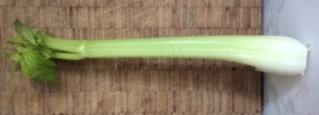
To make life easier, self-blanching varieties of celery have been developed. These varieties blanch themselves, without any input from the gardener. They are not quite as white as celery blanched in a trench - & some say not quite as sweet.
Soil Preparation
Dig plenty of farmyard manure or garden compost into the ground to help retain moisture. Add some general-purpose fertiliser and mix in.
Plant Out
A week before planting out, harden the plants off by placing the celery plants outside during the day and bringing them in at night. This will get them acclimatised to the conditions outdoors.
Water the plants the night before planting out.
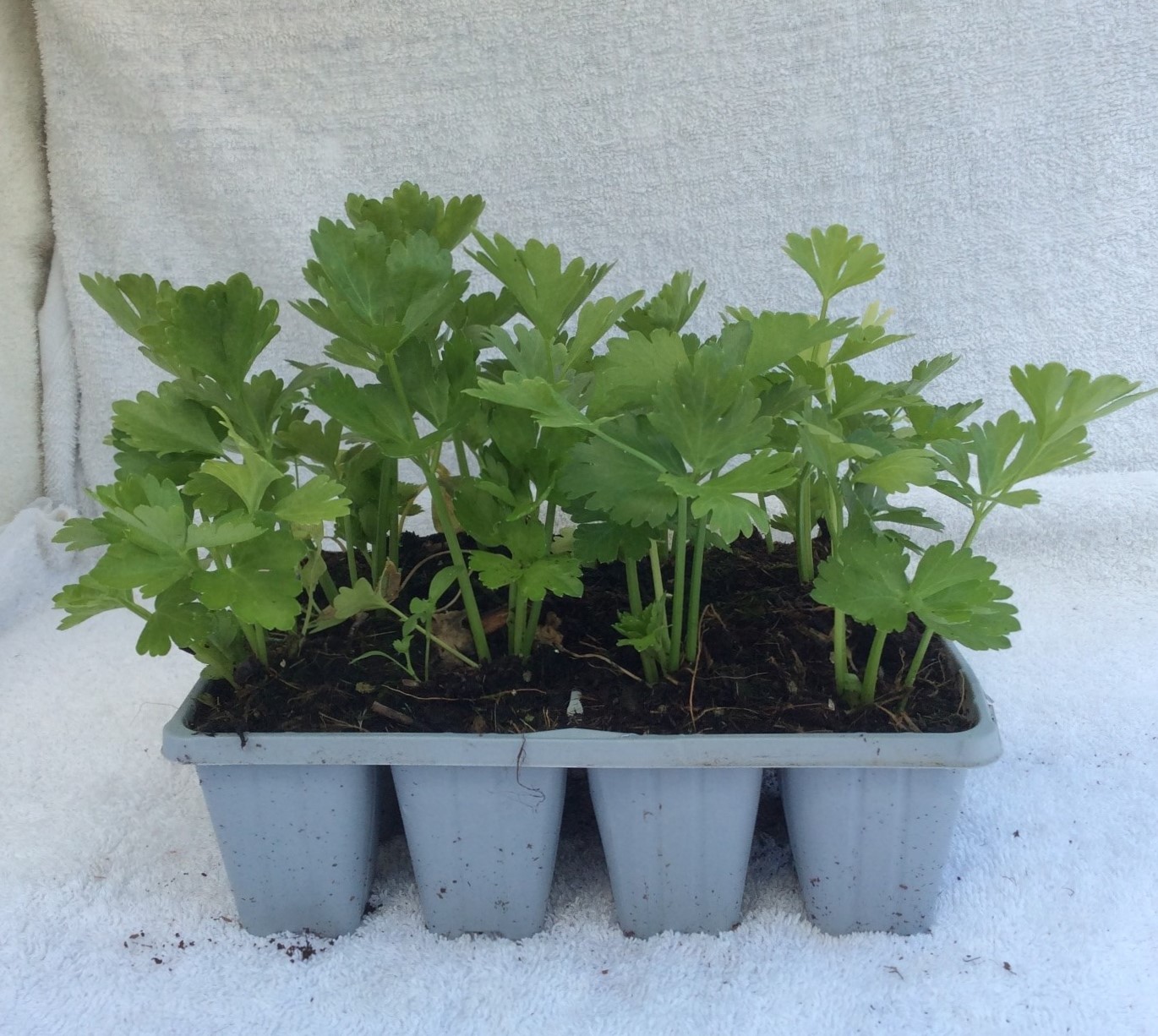
Take one plant out of the tray by placing a hand over the plants and tipping the tray upside down. Grip the leaves of one plant between finger and thumb and the soil ball will fall out of the cell into your hand.
Turn the ball the right way up taking care not to disturb the roots.
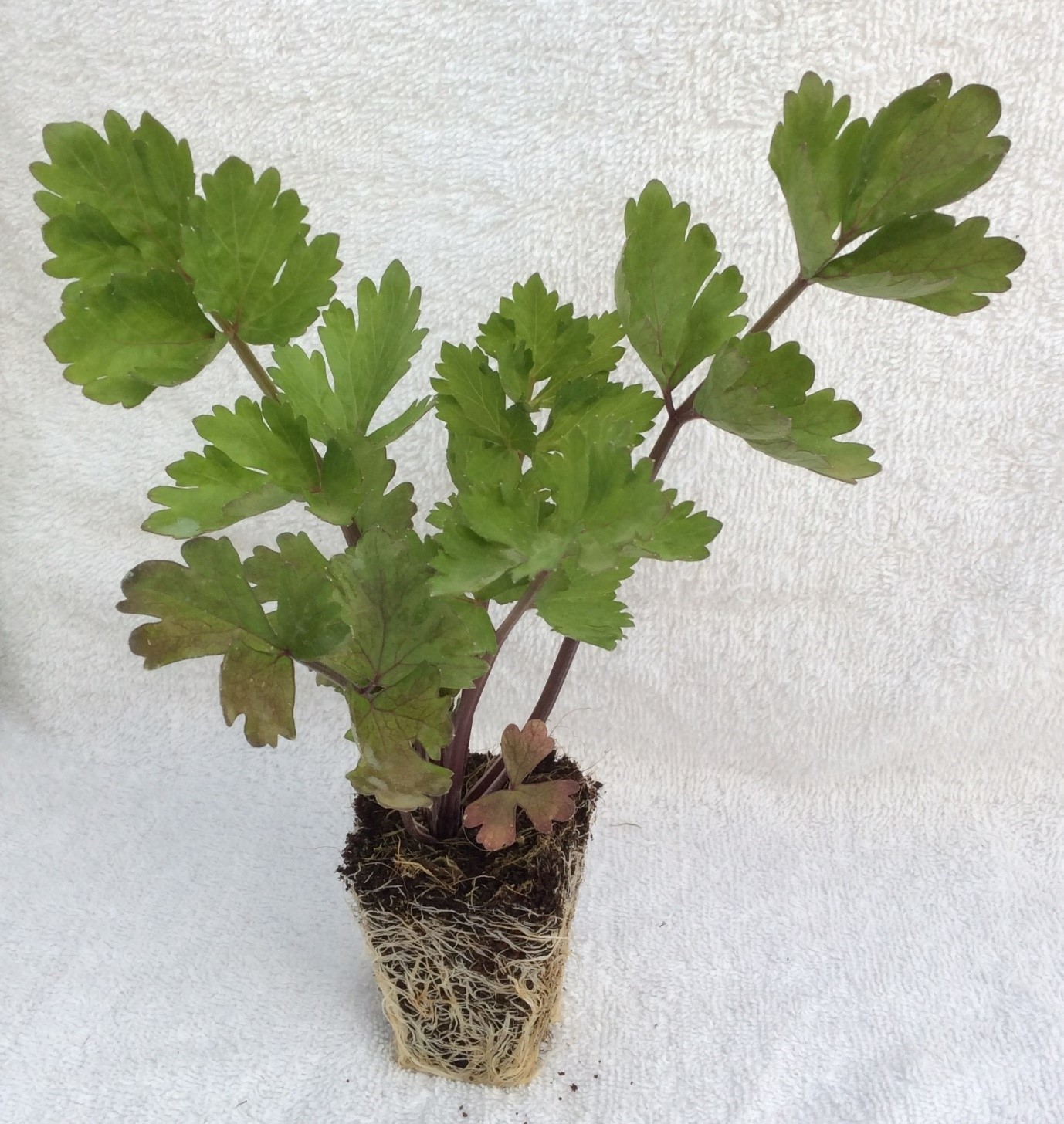
Make a hole in the ground that is the same size as the root ball. Place the plant in the hole so that the stem base is at soil level. Gently push the soil around the roots to fill in the hole holding the leaves to keep the plant vertical.
Space self-blanching plants 23cm apart in all directions. They will then shade each other which will help the stalks blanch (go white).
Celery needs a warm, sheltered environment when first planted out, so cover the plants with cloches or fleece. If the celery plants get cold, it may bolt (produce a flowerhead instead of more stalks).
Planting Trench Varieties
Trench varieties can be grown in a block, like the self-blanching celery. But some gardeners still prefer the traditional method of growing it in a trench and covering it with soil to blanch it.
The trench is usually 40cm wide and 30cm deep. Half the soil is put back into the trench and mixed with a similar quantity of garden compost or well-rotted farmyard manure.
Firm the trench down and plant the seedlings in a row 35cm apart.
Water
When all the celery seedlings are planted, water them well. Continue watering them regularly throughout the growing season. as they use a lot of water. Never allow the soil to dry out. Celery grown in raised beds or containers will need watering every day, paying particular attention to the edges.
Weeds
Pull weeds out as they appear so there is no competition for water and nutrients.
Blanching
Trench varieties of celery are blanched by growing the stalks in the dark for three weeks before harvesting. The light is cut out by covering the stalks either with a blackout material (newspaper, cardboard or sacking) or soil. The leaves are left in the light so that they can feed the plant and keep it growing.
This is why celery used to be grown in trenches. A trench made it easier to pile the soil around the celery stems as they grow. One method is to start ridging up when the stems are about 30cm tall. Gently tie the stalks together with soft string and pile about 8cm of soil around the base of the stalks. Keep piling the soil up as the stalks grow - remembering that the leaves must be left uncovered. Alternatively, just earth up once, 3 weeks before cutting.
The problem with earthing up is that some of the soil falls into the celery hearts and it takes a lot of washing out. So, gardeners often combine the two methods, wrapping the stalks up in paper etc. before covering with soil.
Harvest
Celery will be ready to harvest three months after transplanting out. Wait until the outer stalks (from the ground up to the leaves) are at least 15cm long – the inner stalks will be longer. The width of the head, from one side of the whole plant to the other, should be at least 7cm.
Harvest the celery by placing a fork gently under the roots and lifting the plant up. Cut the roots off at the very base of the stalks with a sharp knife.
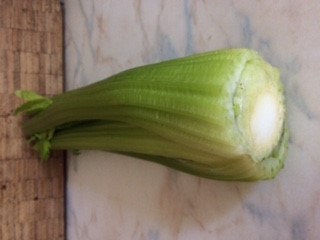
Make sure you cut low enough to leave the heart – which is the best bit!
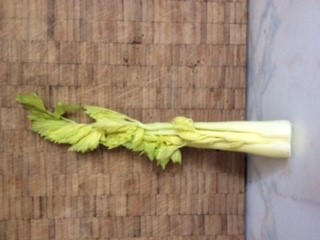
Trench varieties of celery can remain in the ground for some time when they are ready. Cover with fleece in late autumn to protect from the cold. It is not necessary to harvest every plant of the trench variety at the same time.
Self-blanching varieties should be cut as soon as they are large enough - before the leaves start to go yellow. They are not as hardy and will go stringy if left too long, particularly in hot weather.
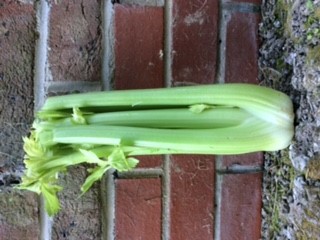
Mon - Fri 8:00am - 5:00pm
Sat & Sun 9:00am - 5:00pm
Any questions? Email us or give us a call on 01904 400092.